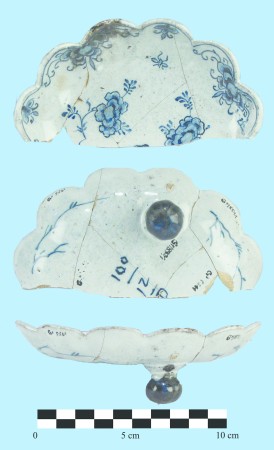Oriental decoration (flowers) in cobalt blue. Dark blue leg (1 of 3 is preserved), The decoration resembles Kang-xi china saucers. The piece comes from archaeological excavations in Gdańsk, Poland. I am now working on a publication.
Vraag
Is this vessel from Delft? Can the mark be identified with any know manufacturer?
Afmetingen
diam. 13,5 cm, h. 4cm
Collectie
publiekscollectie













Reacties 4
Looks like a small "sweat meat" serving tray from Jan Theunis Dextra at De Grieksche A in Delft 1758-1764.
I believe that a sweat meat tray was used for small sweetend delicacies such as fruits.
I have a similar tray from De Clauw, similar size and look and also with three feet, that I bought a couple of weeks ago.
Let me know if you need more information
In reply to Looks like a small "sweat… by Jeroen Hartgers342
Sweat should be sweet, of course 😅
I fully agree with Mr. Jeroen Hartgers,
An allround expert on Dutch Delftware.
Verdict:
Analysis:
Add new comment
Only logged in users can post comments
Log in or register to post comments